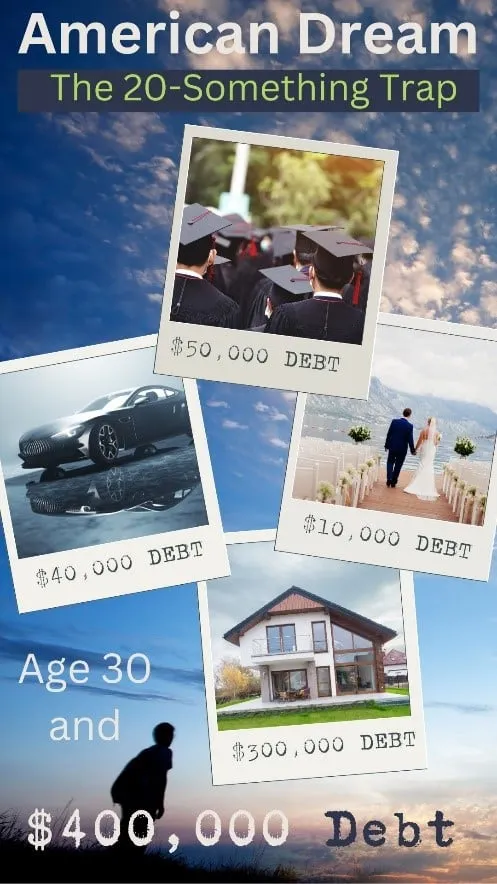"Don't Fear AI and the Synthetic Imaginator: Why Human Creativity Will Reign Supreme"
Imagine a future where artificial intelligence designs revolutionary technologies, composes emotive music, and writes novels that captivate readers worldwide. While AI's creative potential is remarkable, fear not – the robots aren't here to replace your creative ambitions. In fact, the rise of AI only highlights the enduring power of human ingenuity.
Here's why the human touch will continue to be the key ingredient in groundbreaking creative work:
The Unconscious Orchestra
Our brains are like a hidden orchestra of ideas. Thoughts simmer beneath the surface, occasionally erupting in glorious "aha moments." AI struggles to replicate this messy, non-linear process – the hallmark of innovative genius. For instance, when Salvador Dalí conceived his iconic melting clocks in "The Persistence of Memory," it wasn't a linear process but a culmination of surrealistic ideas blending in his subconscious.
The Emotional Fingerprint
Great creations aren't just about aesthetics or functionality; they're about capturing the essence of the human experience. We weave personal stories, empathy, and complex emotions into our innovations, forging an emotional connection with audiences. AI currently lacks this depth of emotional intelligence. Take, for instance, Maya Angelou's poem "Still I Rise," which resonates deeply due to its portrayal of resilience and human spirit, something AI struggles to authentically replicate.
The Playground of the Mind
Creativity thrives on exploration and experimentation. Humans excel at divergent thinking, generating a kaleidoscope of unusual ideas. We can play with concepts, defying boundaries and embracing the unexpected. This mental agility is crucial for birthing truly novel ideas. Consider the inventive leaps of Nikola Tesla, whose imaginative experiments with electricity and wireless communication transformed the world, driven by his unconventional thinking.
The Fire Within
The human desire to create is an intrinsic force. We might be driven by a need for self-expression, a passion to solve problems, or a longing to leave a mark on the world. This internal fire fuels the dedication and persistence required for creative breakthroughs. Vincent van Gogh's prolific painting career, driven by an intense emotional and artistic drive, exemplifies this human essence in creativity.
The Entire Creative Process
The human creative edge extends beyond the "aha moment." Our ingenuity is essential throughout the entire process:
- Asking the Right Questions: Curiosity is the spark that ignites creative problem-solving. Humans are natural-born questioners, delving deeper, challenging assumptions, and seeing problems from fresh perspectives. AI can follow a script, but it lacks the open-ended inquiry that sparks groundbreaking ideas. For example, Einstein's thought experiments that led to his theory of relativity stemmed from his relentless curiosity about the nature of light and space.
- Framing the Challenge: Understanding the "why" is just as important as the "what." Humans excel at grasping the underlying purpose or motivation behind a creative challenge. We can frame the problem in a way that unlocks new possibilities and fosters unconventional solutions. Steve Jobs' visionary approach to product design and user experience, shaped by a deep understanding of human needs and desires, revolutionized technology and creativity.
- Making Hard Choices: Creativity isn't just about wild ideas; it's about selecting and refining them. Humans are masters of critical thinking, analyzing a multitude of possibilities and ultimately converging on the most impactful solution. We can judge ideas not just for their novelty, but also for their relevance and effectiveness in solving the problem at hand. This discernment was evident in Marie Curie's rigorous scientific method, which led to groundbreaking discoveries in radioactivity despite immense challenges.
The Conductor in the Orchestra of Innovation
In essence, human creativity is the conductor in the orchestra of innovation. It ignites the questions we ask, shapes how we define challenges, and guides us in selecting the most impactful solutions. AI can be a valuable instrument within this process, but it can't replicate the uniquely human ability to ask the right questions, frame problems creatively, and make insightful judgments during the crucial convergent thinking stage.
So, the next time you're feeling a pang of creative anxiety about AI, remember this: AI may be able to mimic human creativity, but it can't capture the spark, the soul, and the sheer, messy brilliance of the human mind. Embrace your inner questioner, frame your challenges with imagination, and trust your critical eye. The future of creativity is bright, and it's a future where humans and AI work together to bring forth a new era of innovation and expression.
This article was a creative collaboration between Cory Wright and AI. Cory Wright is educator and innovator with deep practice in the field of human creativity.

